
Budgerigars (Melopsittacus undulatus) (also known as parakeets) are endemic to Australia. They are native to the harsh inland areas and are the only species in the Australian genus Melopsittacus.
The species in its natural state is green and yellow with black scallops on the nape, wings and back. To see a green cloud of budgies bank and swirl down to a waterhole is enough to take the breath away.

This small, cheeky bird with the long tail has endeared himself to bird-lovers the world over and makes an ideal pet. They are relatively easy to raise and are not noisy like some of the bigger parrots and macaws. Because of their popularity, it is tempting to breed a few birds and perhaps sell them to offset some of the costs involved in keeping birds. A realistic life span for a budgerigar is five to ten years.
Under captivity, breeders have now perfected a range of colours, some of which are rare and expensive to purchase, even if you can find them. However, the common colours will not bring in much in the way of revenue even if you can find a buyer and breeding from 'pet quality' budgies will not attract a huge price from serious exhibitors and breeders. So be sure you are breeding for the right reasons and that you have space to keep extra birds in relative comfort and safety. You may even succumb to the temptation to exhibit your best birds to establish how they compare against others.
If you allow your birds to breed in a colony situation in outside flights, they will select their own mates. Budgies breed more easily if in an aviary of at least a few birds but there are disadvantages to this. There can be no control over which bird chooses which mate so birds in one aviary ideally should be of the same colour. It is also impossible to 'improve' your stock with uncontrolled mating. If you keep cage birds, the best way to avoid diseases is to keep your cages scrupulously clean. Protection is so much better - and very much cheaper - than cure.
Mixed bird aviary
Birds that spend most of the year in friendly association may change dramatically as the breeding season approaches. Budgerigar hens are notorious for sabotaging nests of other birds if they think there isn't sufficient space between the nests.
Breeding condition
To ensure baby chicks have the best possible start in life, the parents should be in 'breeding condition'. All this means is that they should be healthy and neither over-fat nor too thin. Healthy birds will have excellent plumage with bright, tight feathering. Reproduction and raising of chicks places great strain on birds. If you are going to pair off birds into smaller breeding cages they should have as much flight time as possible beforehand. Hens should not be shut up until necessary as any inclination towards obesity will increase the risk of her becoming egg-bound.
Separate the sexes about a month prior to the intended mating to ensure a hen has not been fertilised by a random cock. At peak condition, the cere (the part at the top of the beak) of the cock will be a vivid blue and he will be continually active. The cere of the hen will be a pale to rich brown. She will start to gnaw any bits of wood that are lying around. In a colony situation, cocks will begin to feed the hen and will show an interest in mating. Once the cere of the hen becomes very dark, she has probably passed her peak breeding time for the moment.
As the days start to get longer, nest boxes can be hung in position. Place them high in the aviary at about the same level to save any disputes about preferred sites. Put in more boxes than needed to give the birds a choice. Once the birds have paired, remove any singles to prevent problems later. Any hens that enter nests other than their own should be removed too.
If you're going to use breeding cages, introduce the cock to the cage first adding the hen a day or two later. If you put the hen in first, she may become territorial and attack her proposed partner. Put the next box in place before adding either bird. The birds will normally inspect the box soon after being put into the cage and breeding then usually follows.

Courtship consists of much chattering, mutual preening, feeding of the hen by the cock and displays by the cock to the hen. There may be some slight squabbling. If the hen seems really aggressive, she will need to be removed. Incompatibility occurs in budgies just as it does in humans. The pupil of the cock's eye will become smaller and he will mount the hen. An outstretched wing will help him support himself and he will then spray her vent with his sperm. The hen needs a firm perch. Should she lose her balance the eggs may fail to fertilise.
Egg-laying should commence nine or ten days after mating. Four to eight eggs will be laid every other day. If there are no eggs by day 18, the pair should be separated. Reasons for unsuccessful pairings could include the hen not being fit enough or the cock being too old. Infertility varies in captive budgerigars from low to very high depending on the degree of inbreeding in the stock.
With luck, the hen will begin to incubate her eggs as soon as the first egg appears. This means that chicks will hatch over a period of time and will be at different stages of development. The weak chicks may be pushed out or starved by stronger siblings. This is another example of survival of the fittest in action!
The eggs are white and around 18 x 15mm. They are translucent when first laid but become opaque after a few days. Any dark grey eggs usually means a dead chick. After 18 days incubation, the chick develops a horny growth on the tip of the beak. By rotating itself in the shell, the chick uses this 'egg tooth' to cut a hole for itself in order to escape from the egg. If the chick is unable to rotate, it is described as 'dead in shell'. Restrict discreet nest inspections to once a day, preferably during the morning when the hen is out of the box. This is also a good time to remove any built-up debris from the nest.
Breeding budgies is a fascinating hobby and one that will bring great pleasure and satisfaction.
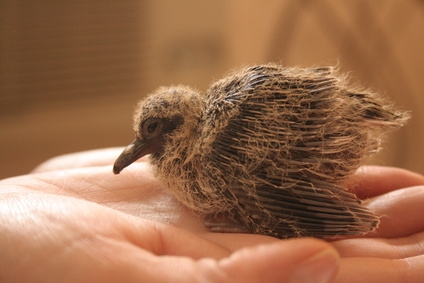 How to Take Care of Wild Baby Birds
How to Take Care of Wild Baby Birds
Ho
How to Take Care of Wild Baby Birds
How to Take Care of Wild Baby Birds
Ho
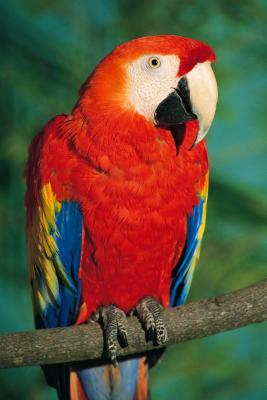 How to Disinfect a Bird Cage and Bird Toys
How to Disinfect a Bird Cage and Bird Toys
How to Disinfect a Bird Cage and Bird Toys
How to Disinfect a Bird Cage and Bird Toys
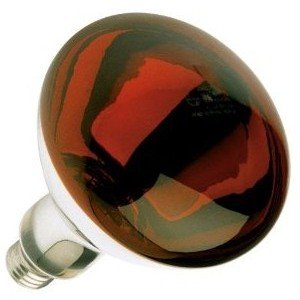 How to Hatch Abandoned Poultry Eggs
Abandoned EggsAn emergency method of hatching them
How to Hatch Abandoned Poultry Eggs
Abandoned EggsAn emergency method of hatching them
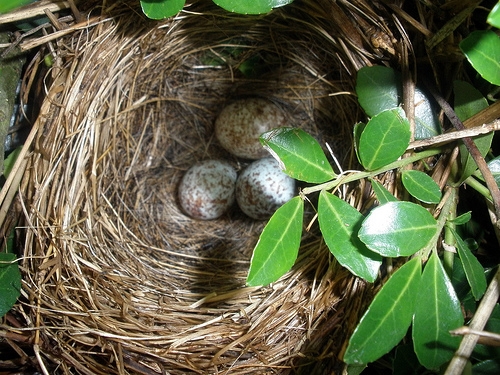 Bird Mites Treatment
Bird Mites Treatment
Bird Mites Treatm
Bird Mites Treatment
Bird Mites Treatment
Bird Mites Treatm
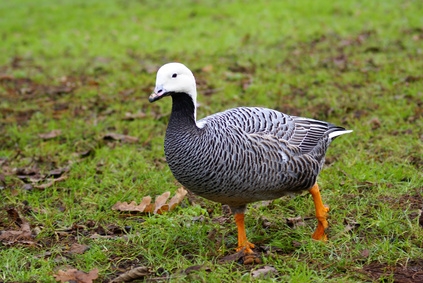 Northern California Bird Identification
Northern California Bird Identification
Northern California Bird Identification
Northern California Bird Identification
Copyright © 2005-2016 Pet Information All Rights Reserved
Contact us: www162date@outlook.com